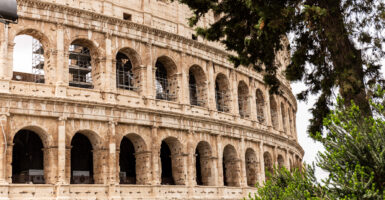20 Places Where Nature Has Reclaimed Man-Made Structures
In an age of endless urban development and expanding concrete jungles, there’s something hauntingly beautiful about places where nature stages a comeback. While we’re busy building newer, taller, and shinier structures, Mother Nature quietly works her magic, turning abandoned human creations into stunning displays of life’s persistence.
Let’s explore these remarkable places where vines climb skyscrapers, trees burst through floors, and wildlife makes homes in our forgotten spaces. These aren’t just abandoned sites – they’re living proof that nature always finds a way.
Ta Prohm Temple (Cambodia)
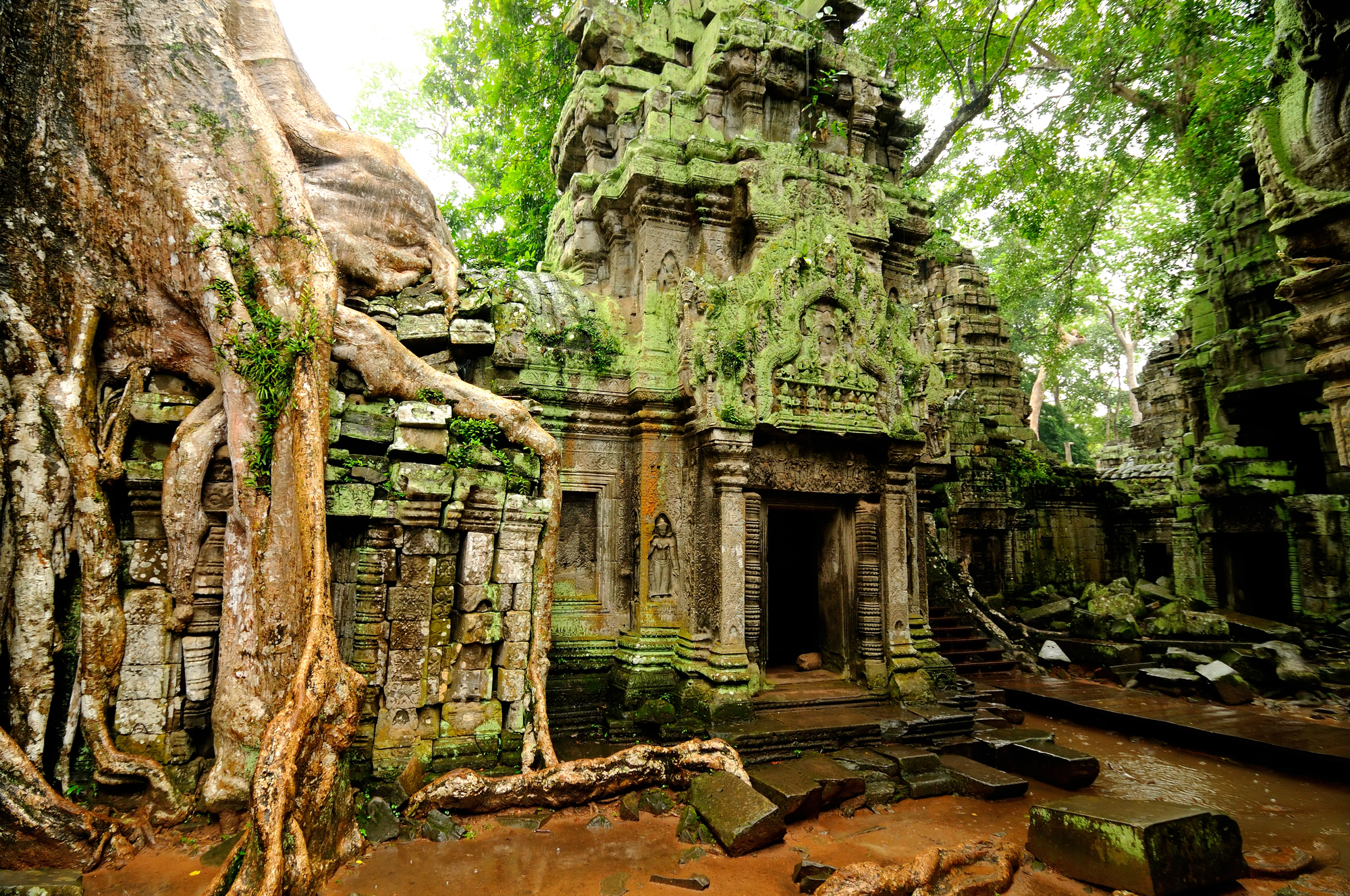
The most famous battle between architecture and nature unfolds at this Angkor temple, where massive strangler figs embrace ancient stones like giant’s fingers. The trees seem to both destroy and preserve the temple, their roots holding walls together while slowly pulling them apart.
It’s no wonder Hollywood chose this spot for Tomb Raider – though the real story is far more fascinating than any movie plot.
Hashima Island (Japan)
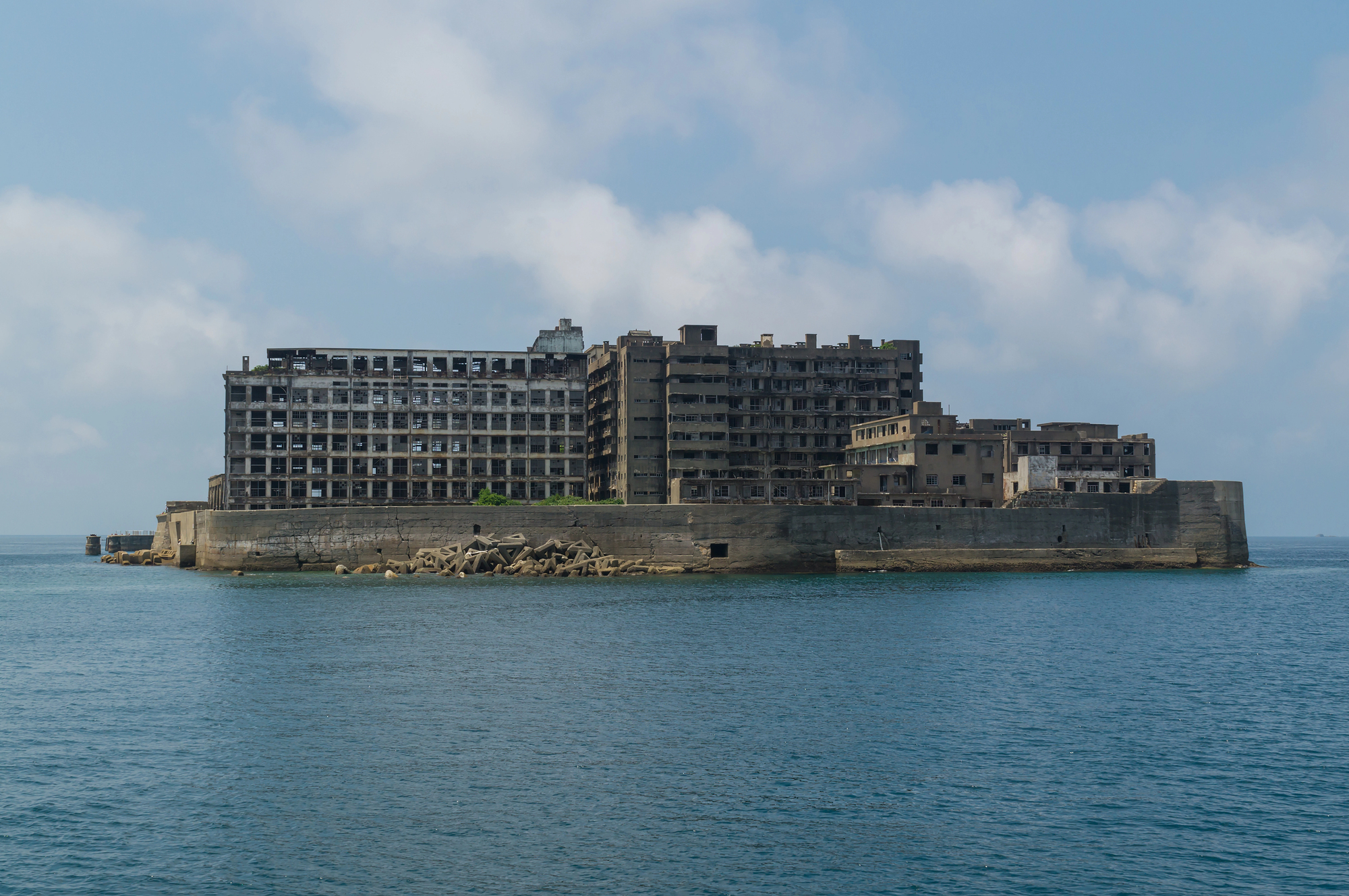
Once the most densely populated place on Earth, this abandoned coal mining island now hosts only pigeons and hardy plants that crack through concrete. The concrete apartments that housed thousands of miners stand empty while nature slowly dissolves the rigid geometry of human design.
From certain angles, it looks like a battleship made of concrete – earning its nickname “Battleship Island” – though these days, the only battles are between roots and foundations.
Like Go2Tutors’s content? Follow us on MSN.
New York Central Terminal (USA)
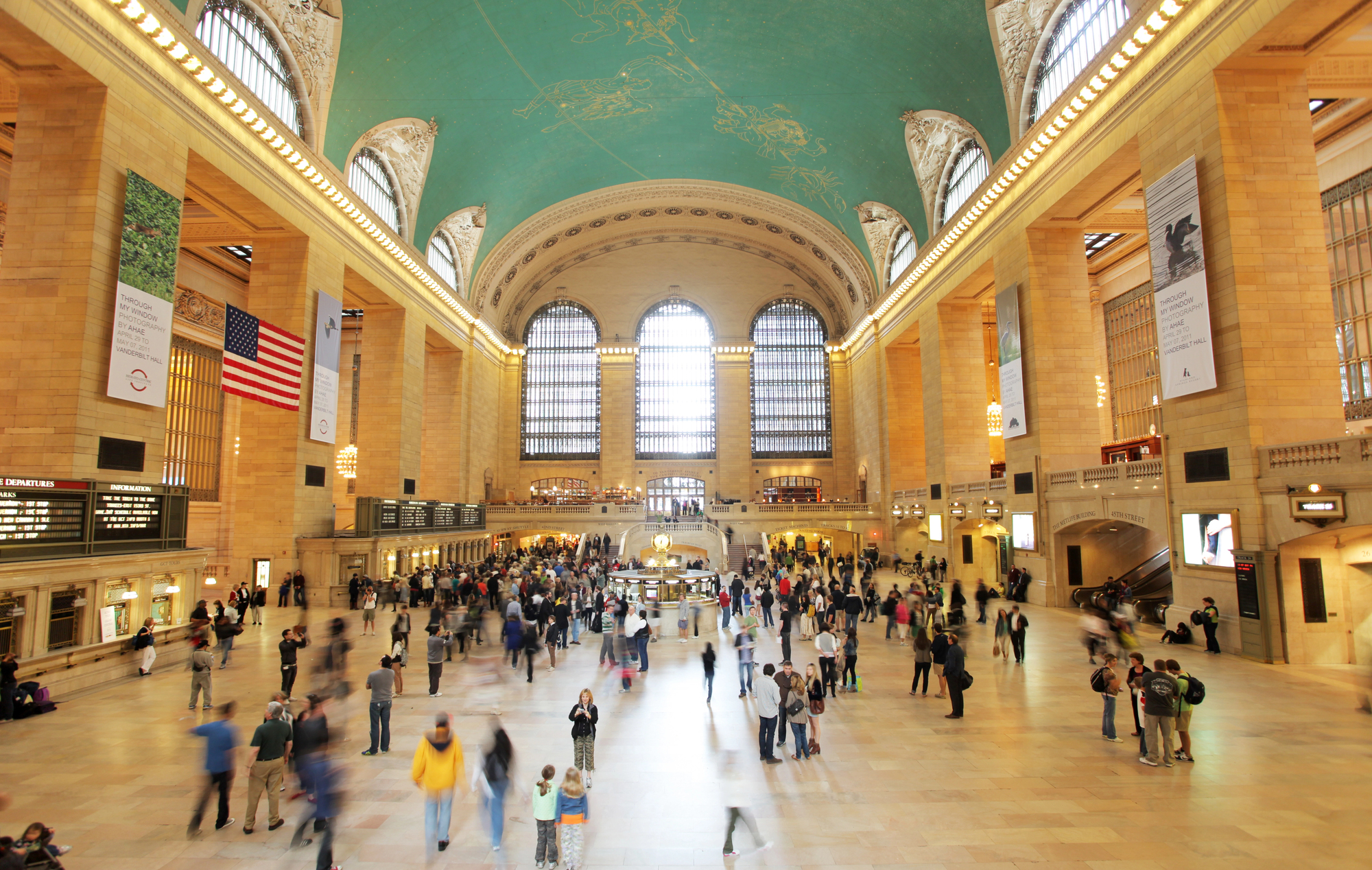
Buffalo’s Art Deco masterpiece now hosts impromptu gardens in its grand halls. Where commuters once rushed to catch trains, saplings push through marble floors, and vines decorate ticket windows.
The pigeons roosting in the terminal’s towering ceilings probably don’t appreciate the architectural significance, but they’ve made this cathedral to transportation their own.
Kolmannskuppe (Namibia)
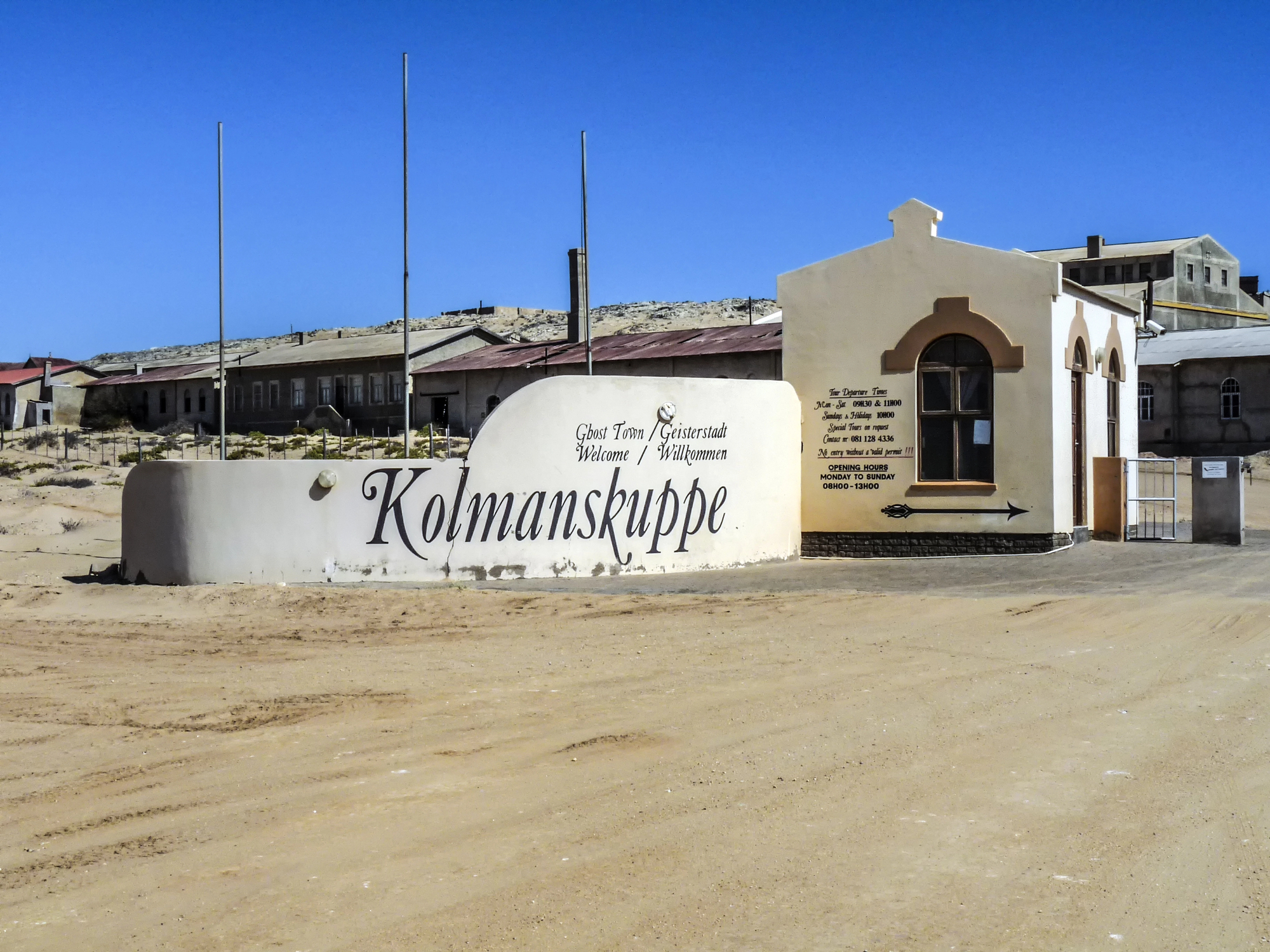
Sand reclaims this diamond mining town in the Namib desert, creating surreal scenes where dunes flow through doorways and windows like golden waterfalls. Rooms fill with sand up to their ceilings while desert winds continue their patient work of erasing human presence.
The ghost town gives new meaning to the phrase “spring cleaning” – though here, it’s nature doing the housekeeping with dunes.
Pripyat Amusement Park (Ukraine)

Perhaps the world’s most haunting fairground, this never-used amusement park was abandoned after the Chornobyl disaster. The Ferris wheel that never carried laughing children now stands as a rusting sentinel while trees grow through the bumper car track.
Nature doesn’t seem to mind the radioactivity – the site has become an unexpected wildlife sanctuary.
Like Go2Tutors’s content? Follow us on MSN.
Ross Island (India)
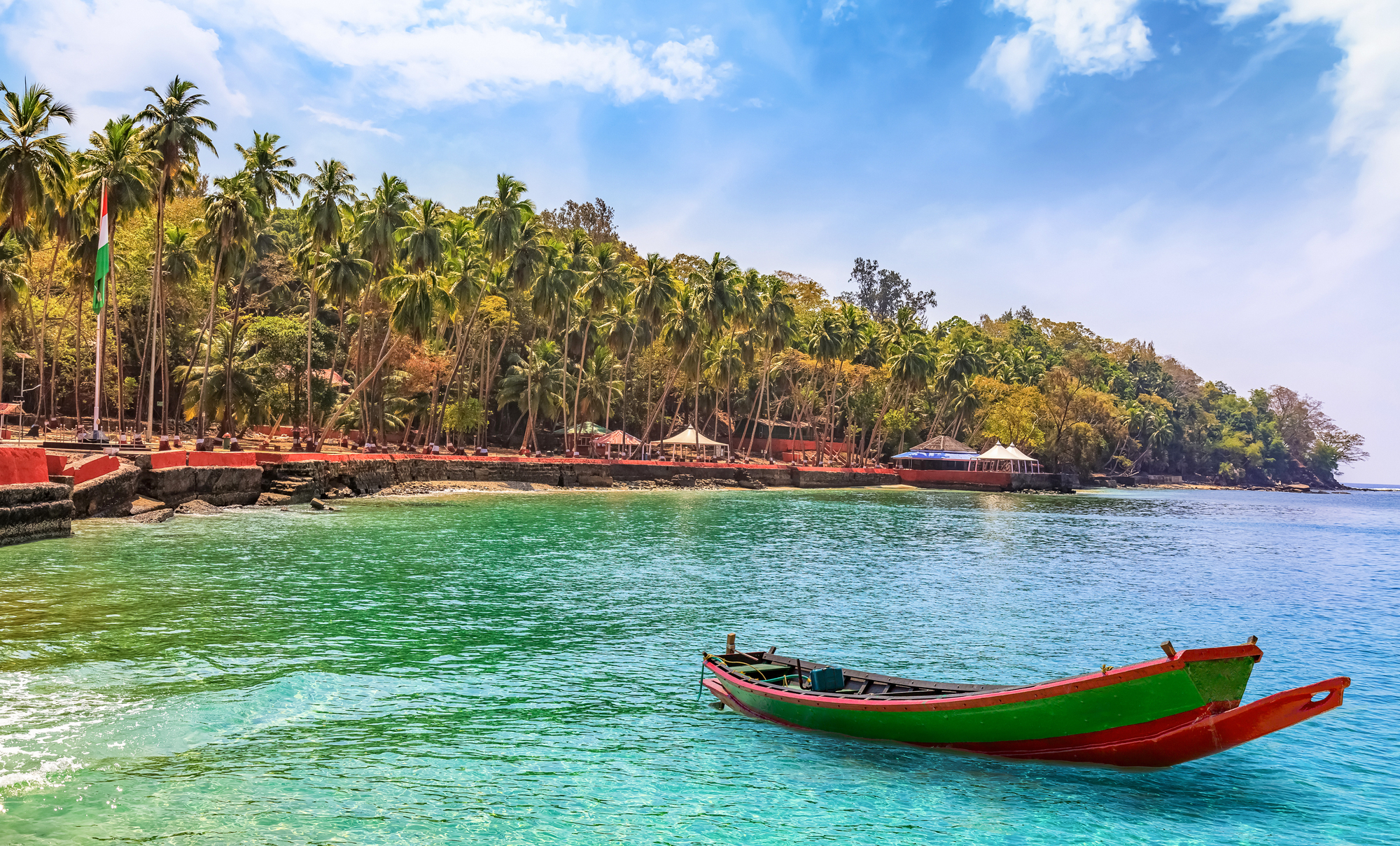
Once the “Paris of the East,” this former British administrative center in the Andaman Islands now hosts a different kind of colonization. Massive Ficus roots consume Victorian buildings, turning grand ballrooms into jungle galleries.
The trees seem to be having their party now, though their decorating style is decidedly greener.
Gouqi Island (China)
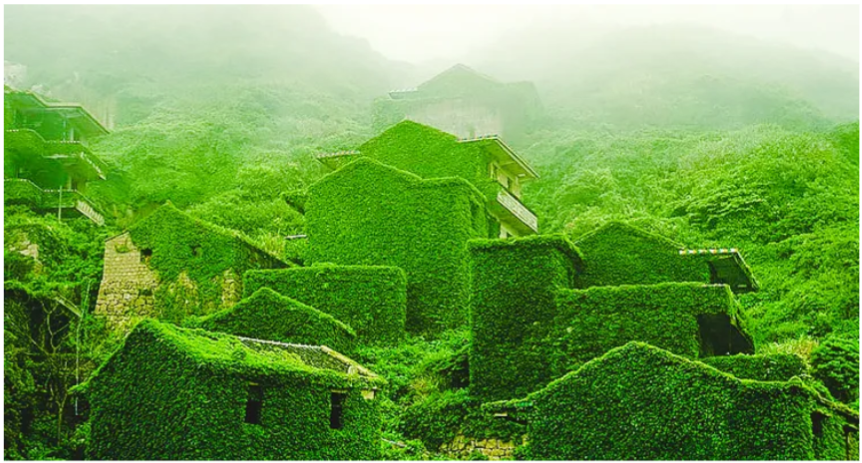
This abandoned fishing village shows what happens when nature decides to redecorate. Entire houses disappear under blankets of climbing plants, creating what looks like greenhouses – though not the kind you’d find in a garden center.
The effect is like Mother Nature’s version of an extreme home makeover, with vines as her favorite design element.
Michigan Central Station (USA)
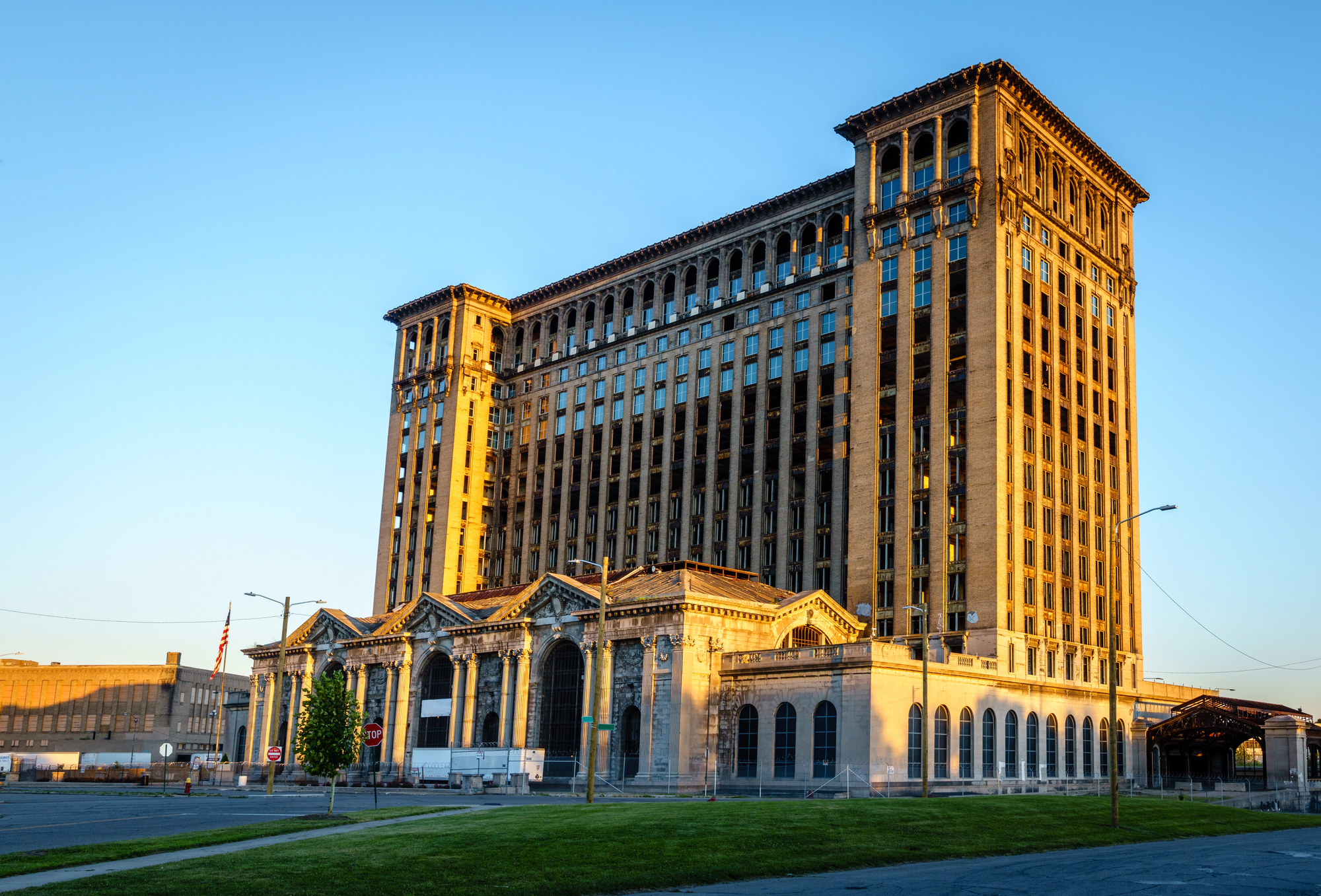
Detroit’s grand railway cathedral stands as a monument to both architectural ambition and natural persistence. Where Art Deco grandeur once welcomed travelers, trees now grow on rooftops, and plants colonize every crack.
The pigeons probably don’t appreciate the Beaux-Arts architecture, but they’ve made the grand waiting room their aviary.
Like Go2Tutors’s content? Follow us on MSN.
New World Shopping Mall (Thailand)
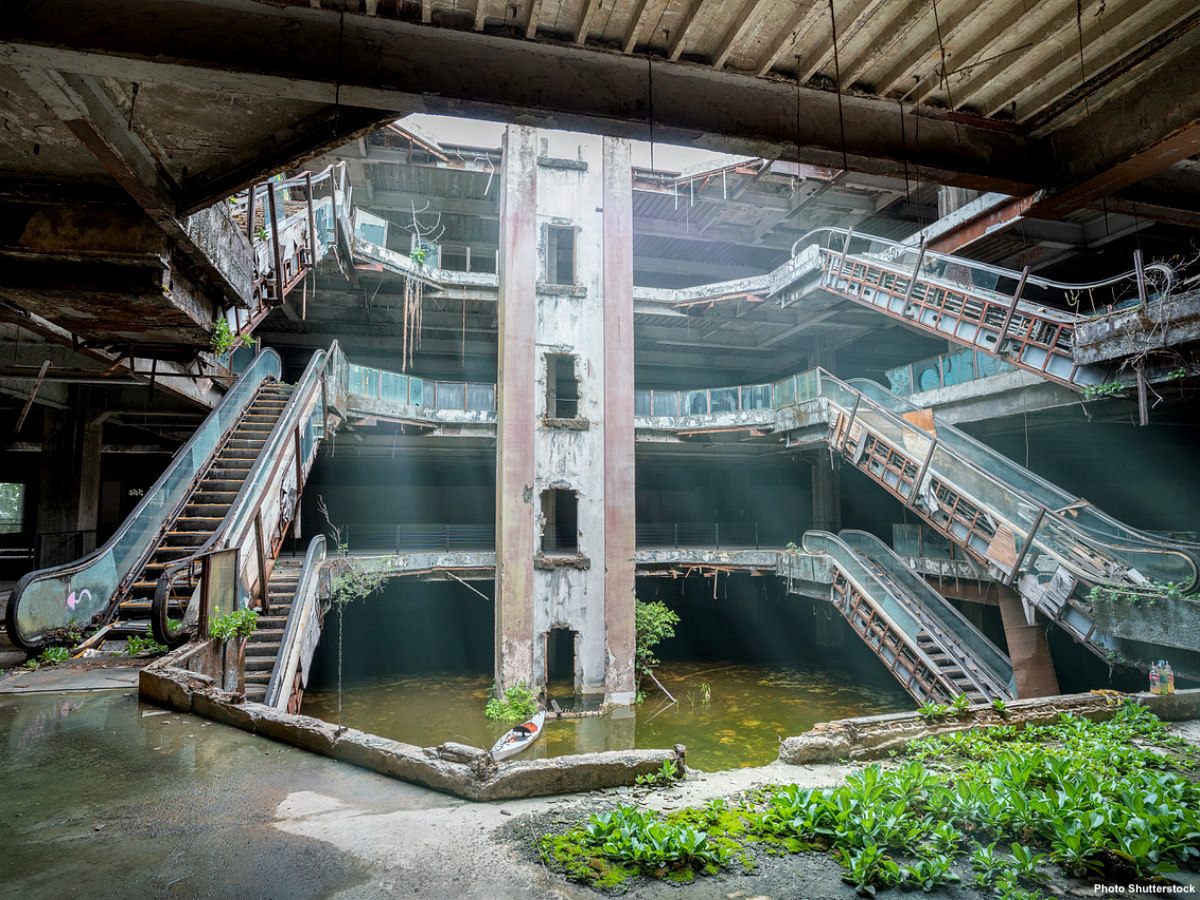
When this Bangkok mall flooded after a fire, it became an accidental urban aquarium. Koi and catfish now swim where shoppers once browsed, creating an unexpected ecosystem in the heart of the city.
It’s probably not what the architects had in mind, but the fish don’t seem to mind the impromptu aquatic mall conversion.
Crooked Forest (Poland)
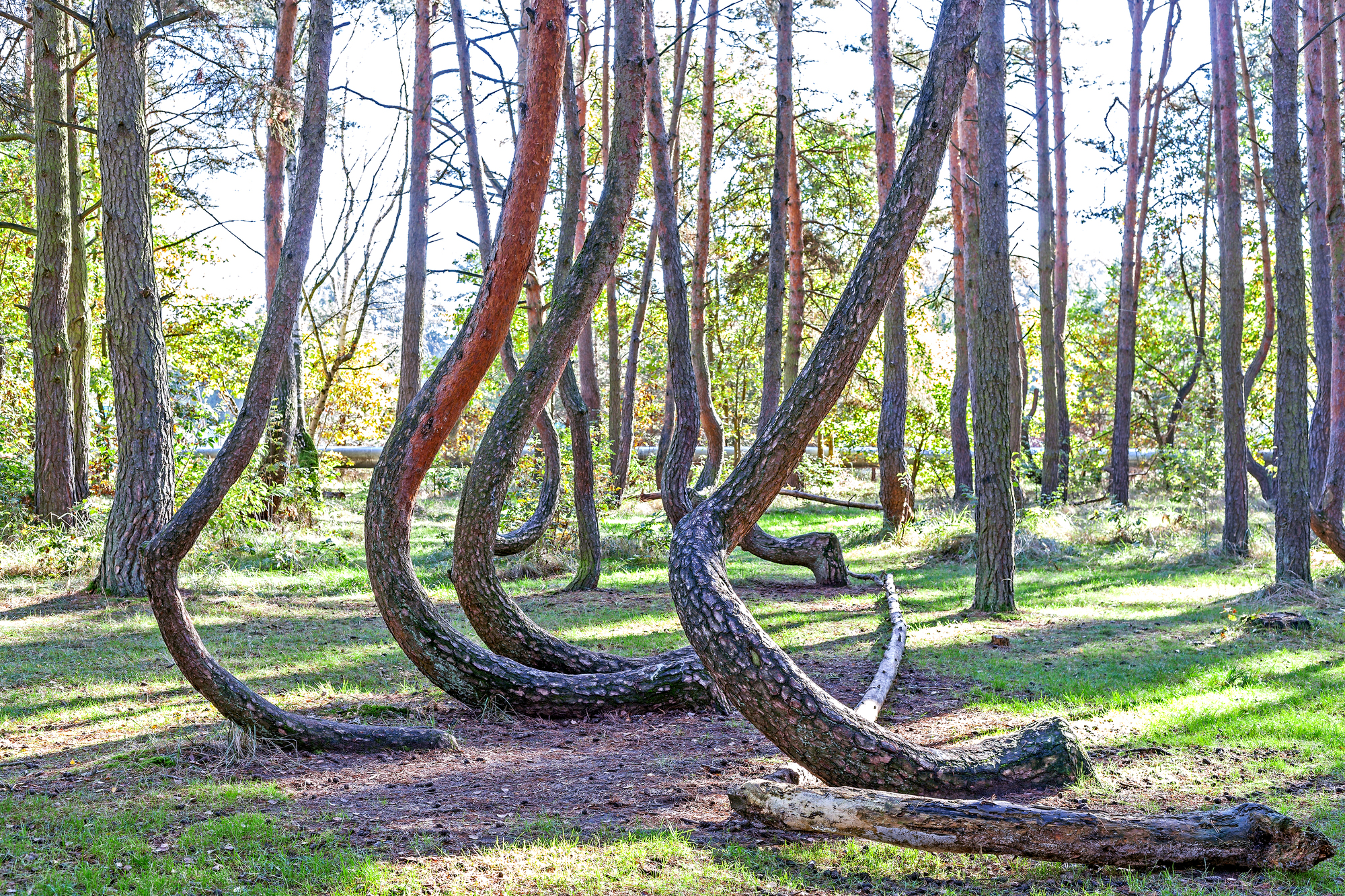
These 400 pine trees with mysteriously bent trunks represent nature reclaiming a human attempt at manipulation. Planted around 1930 and believed to have been shaped for boat building, the trees now create an eerie woodland where nature and human influence create something uniquely beautiful.
It’s like a dance between human intent and natural growth frozen in time.
Nara Dreamland (Japan)
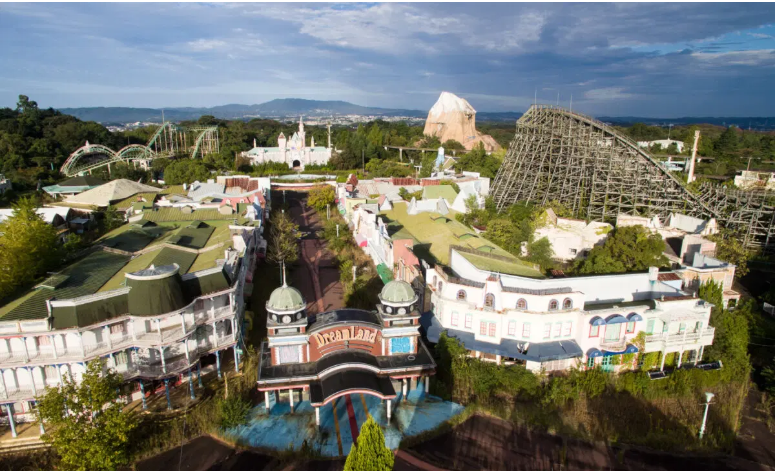
This abandoned theme park, inspired by Disneyland, now hosts a different kind of magic. Roller coasters rust while vines create new tracks through their structure.
It’s less “happiest place on Earth” and more “nature’s revenge on artificial happiness,” though there’s a strange beauty in the decay.
Like Go2Tutors’s content? Follow us on MSN.
North Brother Island (USA)
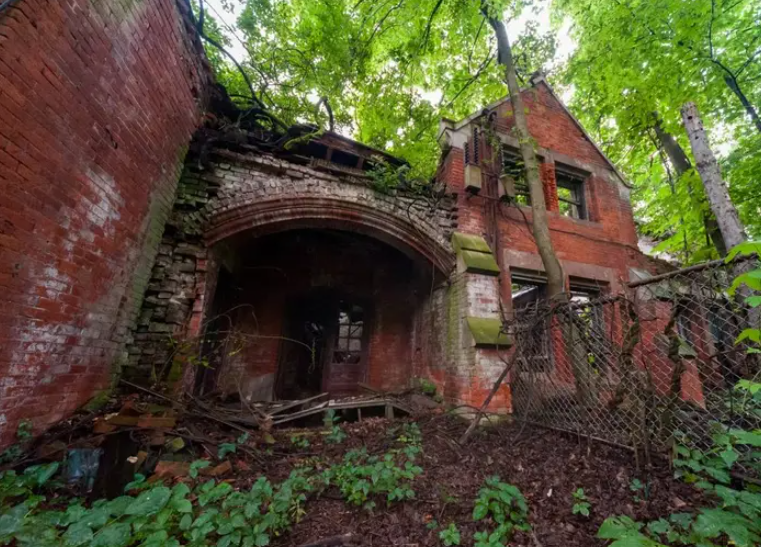
Once home to a quarantine hospital in New York’s East River, this island has transformed into an accidental bird sanctuary. The buildings where Typhoid Mary spent her final years now serve as nesting sites for herons.
Nature seems to have a sense of irony – turning a place of isolation into a thriving wildlife community.
Anping Tree House (Taiwan)
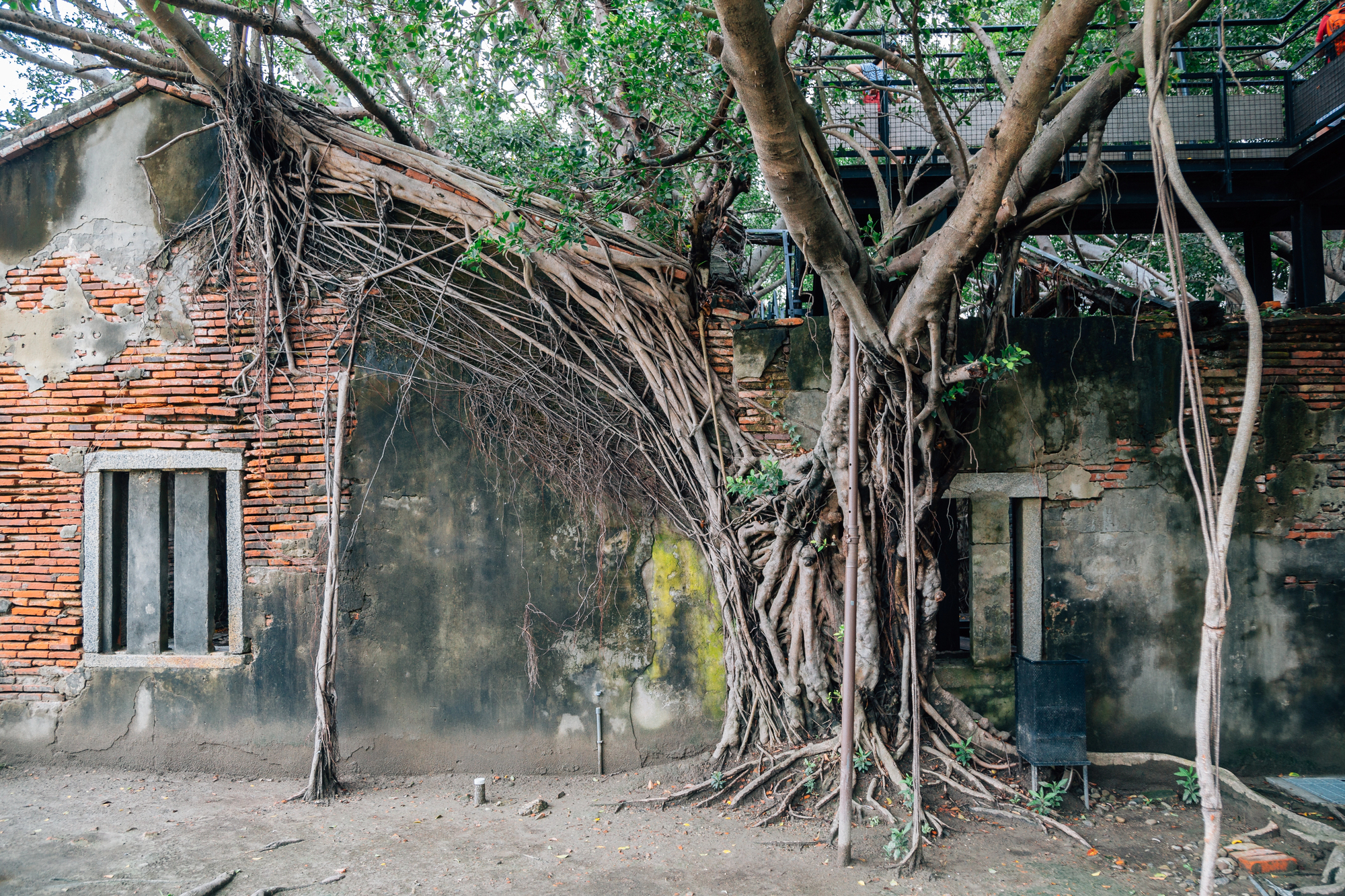
This former merchant house in Tainan has been completely consumed by banyan trees, creating a supernatural merger of architecture and nature. The banyan roots form a living mesh that both preserves and destroys the original structure.
It’s like nature’s version of a renovation show, though her design style tends toward the dramatically overgrown.
Bokor Hill Station (Cambodia)
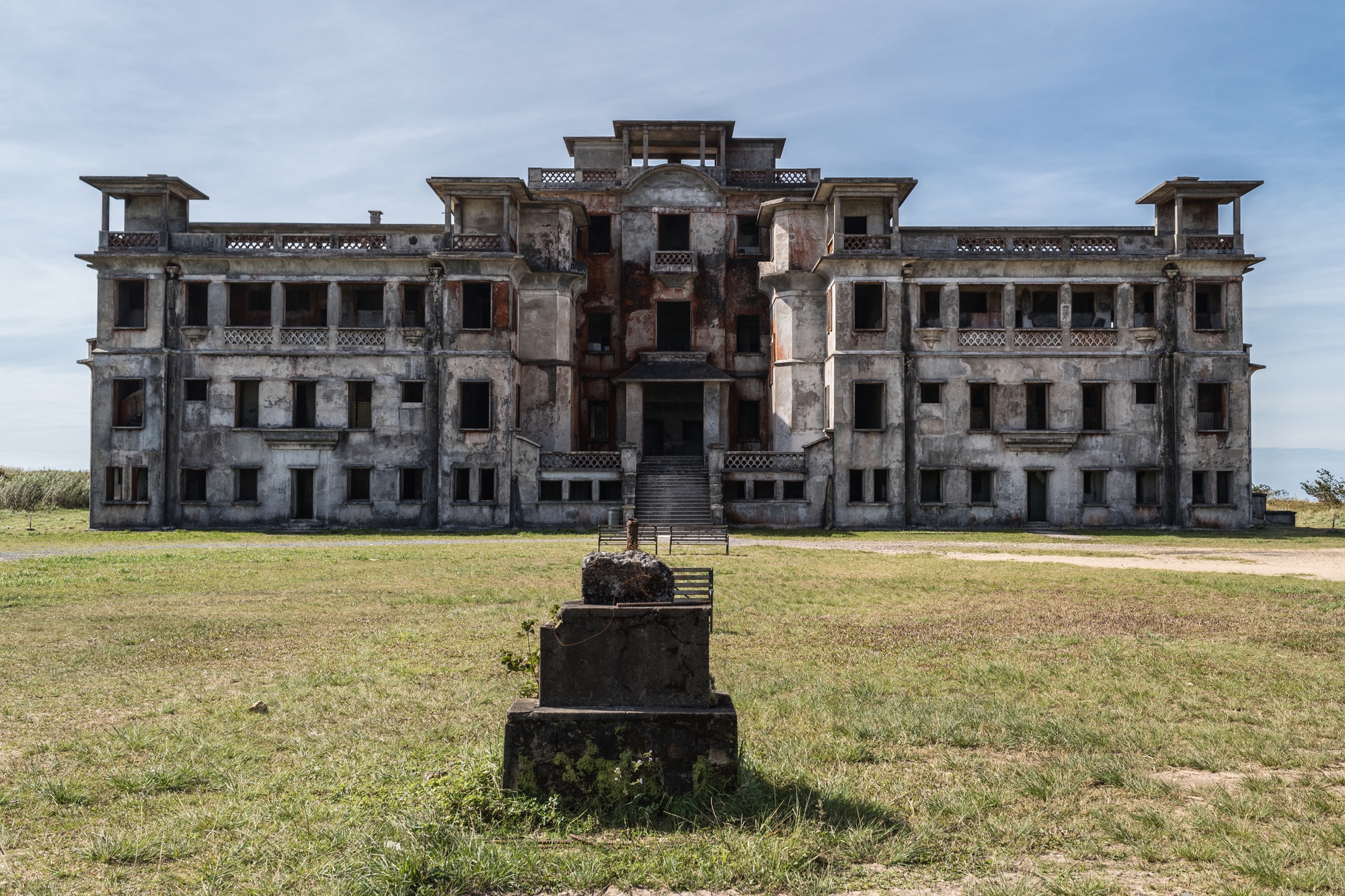
This French colonial ghost town in the mountains now hosts a battle between Art Deco architecture and persistent jungle growth. The former luxury resort’s grand casino gets regular visits from clouds rather than high rollers, while local wildlife pays no entry fee to explore the grounds.
Like Go2Tutors’s content? Follow us on MSN.
Gary Union Station (USA)
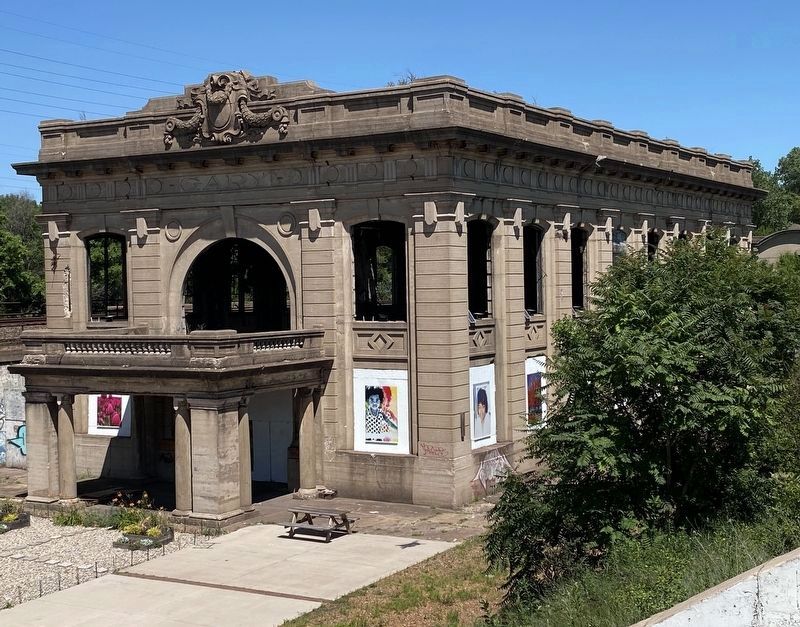
Indiana’s Art Deco transportation hub now serves as an impromptu greenhouse. The grand waiting room where passengers once checked timetables now hosts an unplanned botanical garden.
The pigeons probably don’t appreciate the historical significance, but they’ve turned the place into prime real estate.
Christ of the Abyss (Italy)

While not exactly reclaimed by nature, this submerged bronze statue of Jesus Christ has been embraced by marine life since its placement in 1954. Coral and algae add living detail to the sculpture, while fish swim through the statue’s outstretched arms.
It’s less about nature reclaiming and more about nature redecorating.
Witley Court (England)
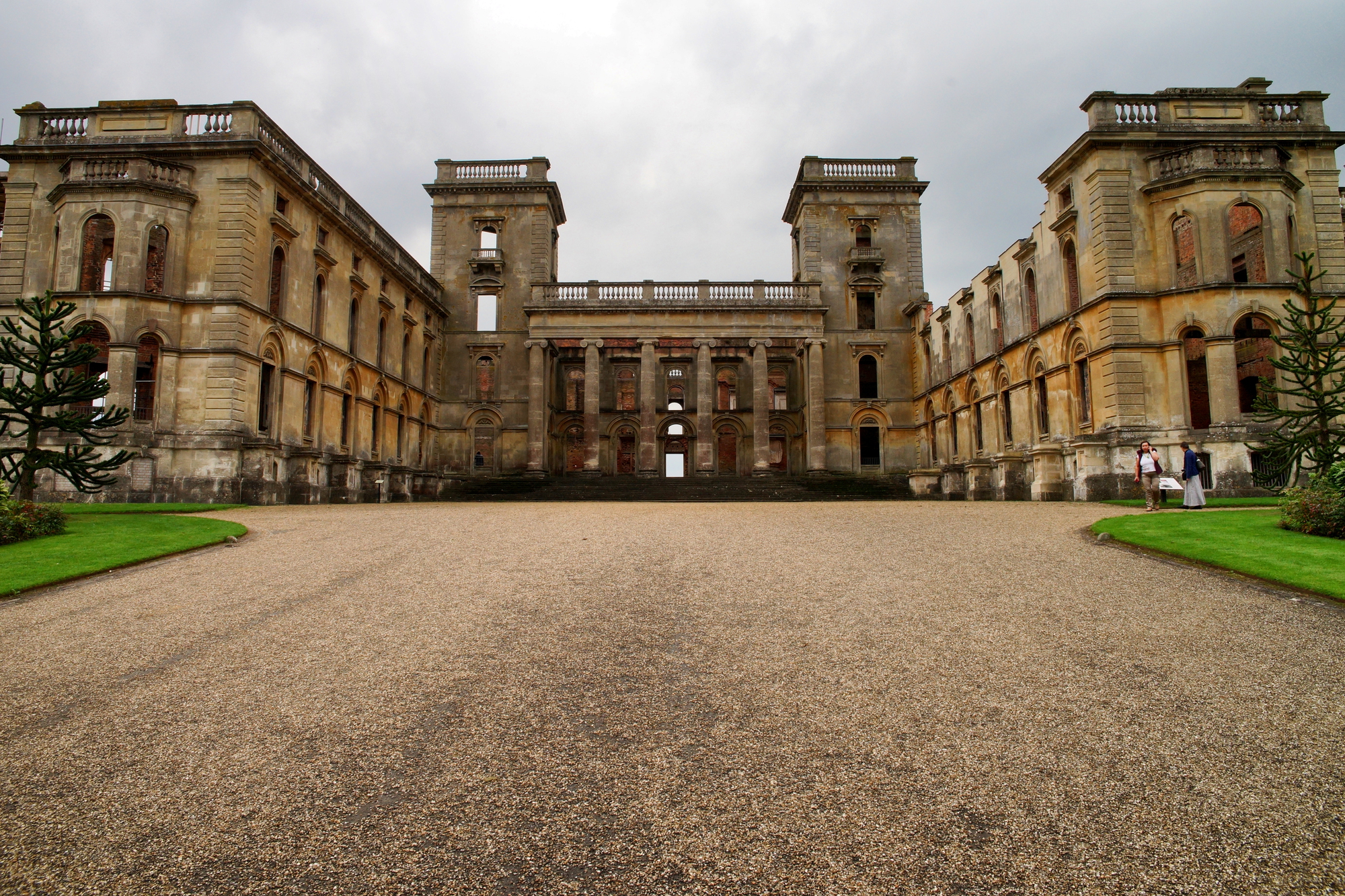
This once-grand Victorian mansion was devastated by fire in 1937, and nature has been redecorating it ever since. The formal gardens have gone wonderfully wild, while the fountain where aristocrats once promenaded now performs for a different audience of local wildlife.
It’s like Downton Abbey meets Day of the Triffids.
Like Go2Tutors’s content? Follow us on MSN.
Kayaköy (Turkey)
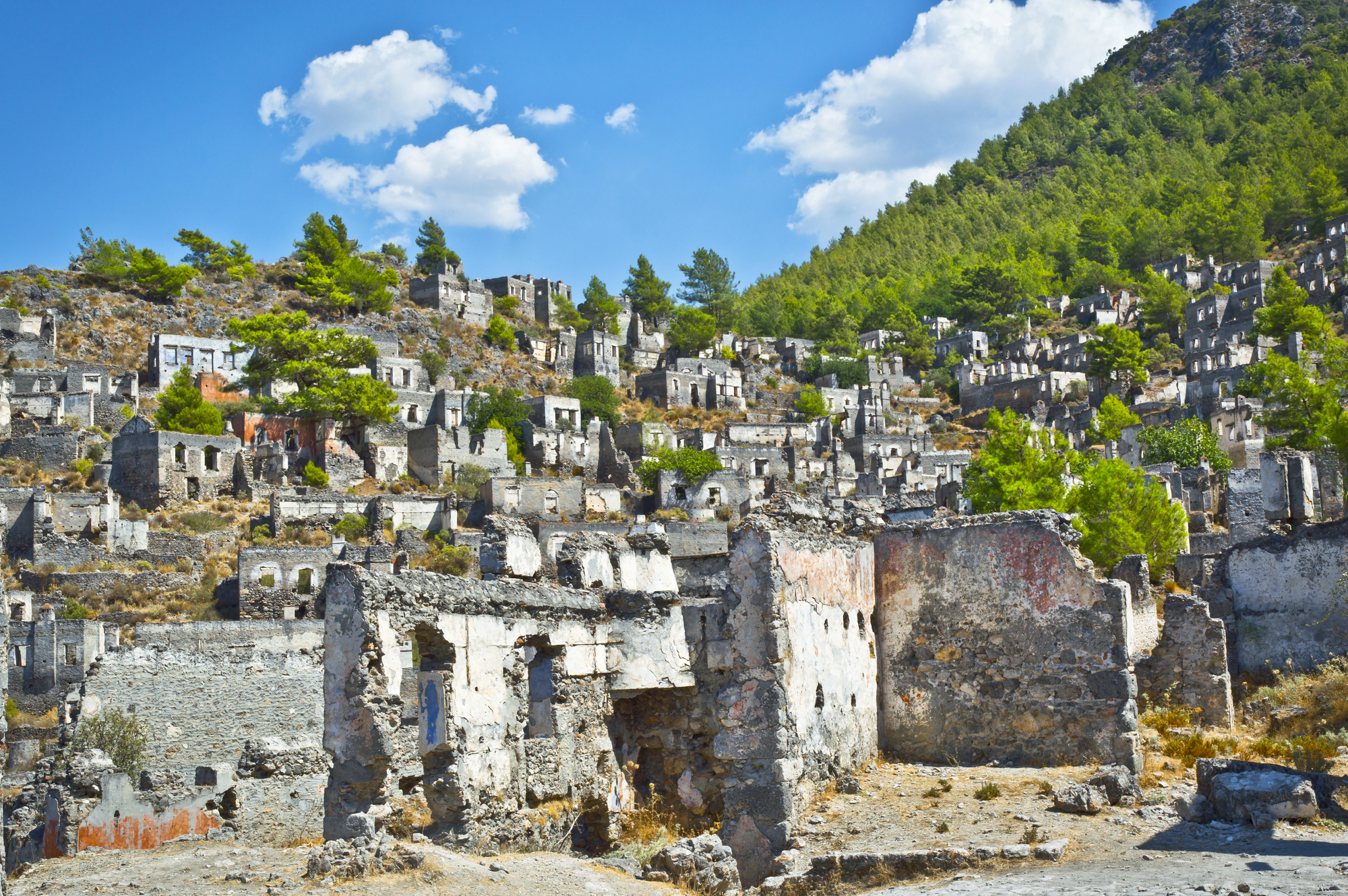
This abandoned Greek village of over 500 houses stands as a ghost town where nature slowly dissolves the remnants of human habitation. Trees grow through roofless churches while wildflowers carpet former living rooms.
Every spring brings new residents – though they’re more likely to have wings or roots than rental agreements.
Power Plant IM (Belgium)
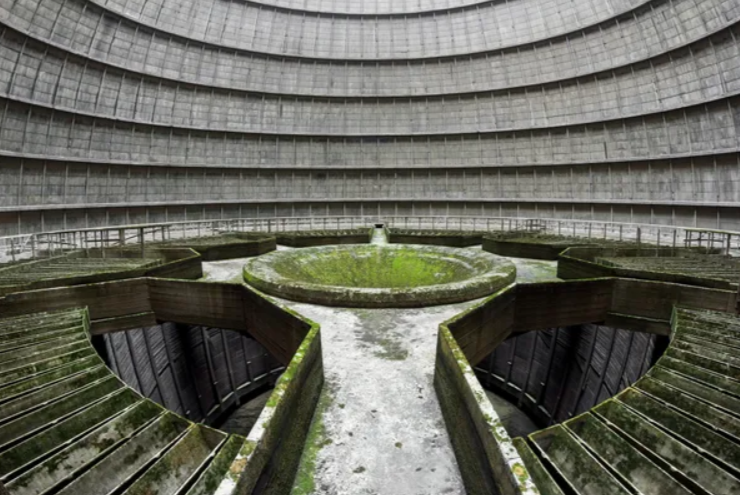
This abandoned cooling tower looks like a sci-fi movie set as nature reclaims its massive concrete curves. Moss and small plants colonize every surface, while the space that once cooled a power plant now hosts an impromptu vertical garden.
The effect is both post-apocalyptic and oddly hopeful.
Michigan Theater (USA)
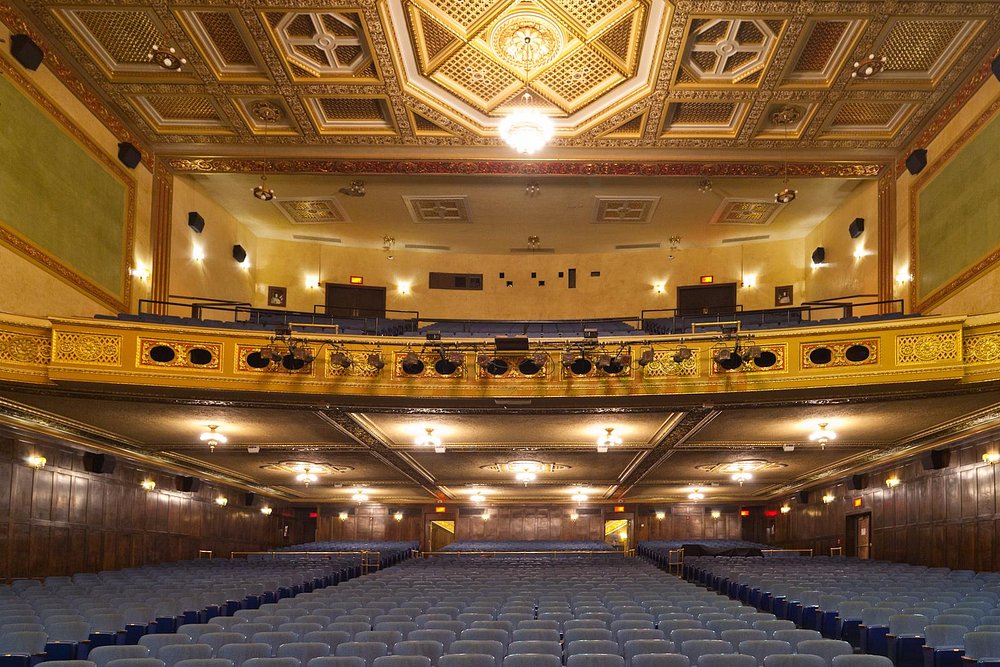
In a supreme irony, this former Detroit movie palace became a parking garage, only to have nature start reclaiming both incarnations. The ornate ceiling still peeks through above parked cars, while plants find homes in every crack.
It’s perhaps the world’s most overdressed parking facility, though the plants don’t seem to mind the dress code.
Like Go2Tutors’s content? Follow us on MSN.
Beyond the Ruins

These places remind us that our marks on the world are temporary guests in nature’s longer story. While we often think of abandoned places as dead zones, they’re teeming with new life – just not the kind we originally planned for.
Next time you spot a plant growing through a crack in the sidewalk, remember it’s not just a weed – it’s a tiny reminder that nature never really surrenders. She just waits patiently for her moment to paint over our clean lines with her wild brushstrokes.
More from Go2Tutors!

- Famous Battles: How Much Do You Really Know About U.S. History?
- Top 5 Most Important Skills, According To Harvard Business School
- How Well Do You Know 90s Pop Culture? Take the Quiz
- Master the Art of Public Speaking with These Expert Tips
- Think You Know Capitals? Put Your Knowledge to the Test
Like Go2Tutors’s content? Follow us on MSN.
